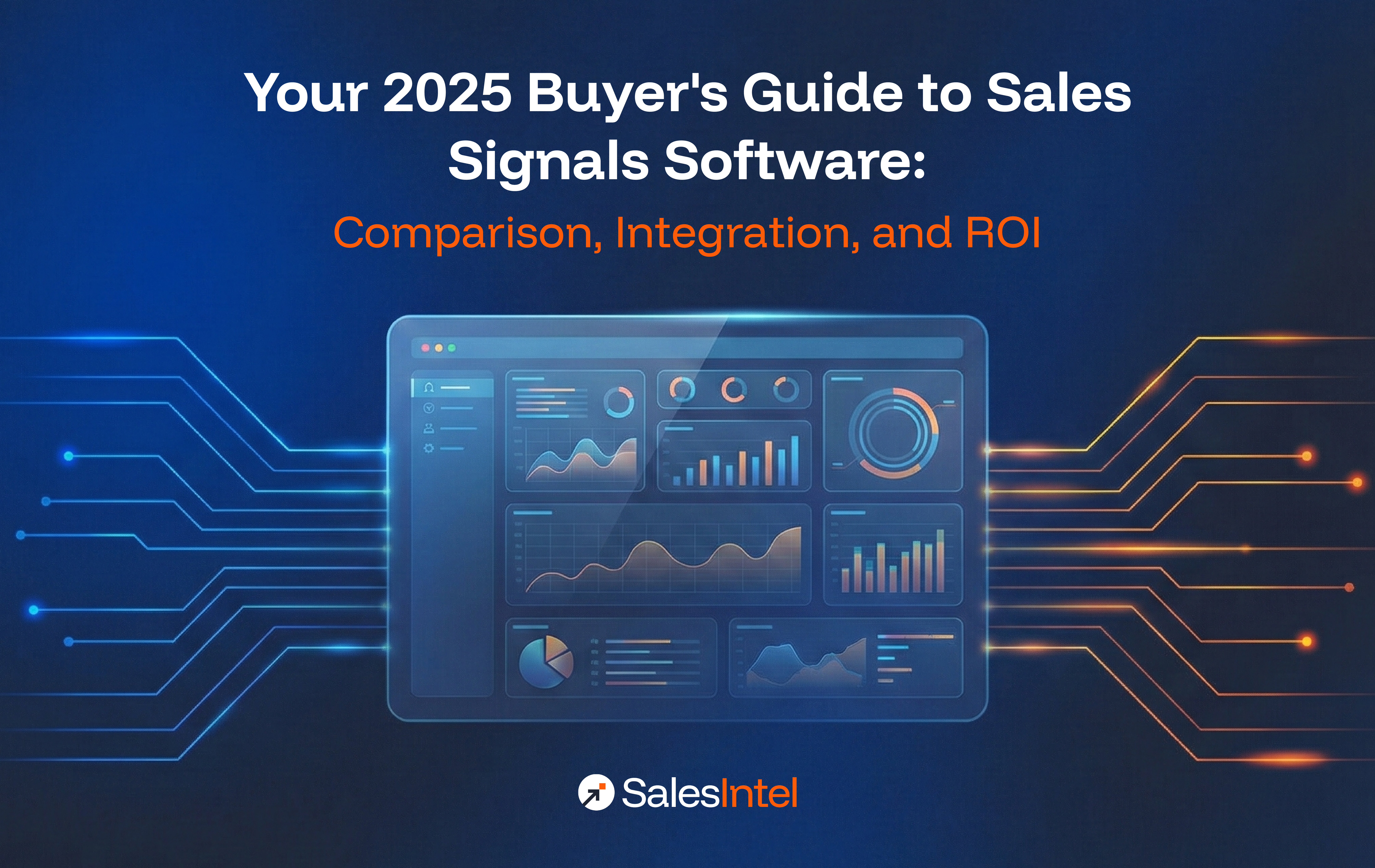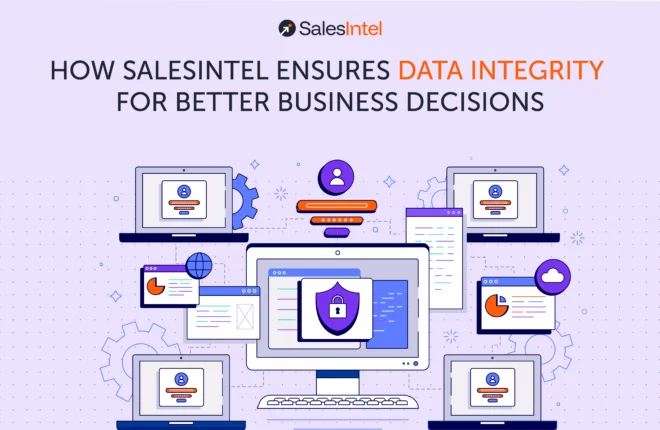With digital evolution, organizations that embrace data-driven marketing can gain leverage. At the center of every winning campaign, however, is data accuracy. Gartner approximates that lower data quality winds up costing companies an average of $12.9 million annually in wasted efforts and opportunity costs. Inaccurate data can lead to misinformed campaigns, wasted budgets, and lost revenue. This article explores why data accuracy is essential for enterprise marketing and how it can result in business success.
The Role of Data Accuracy in Enterprise Marketing
Let’s break down five key benefits of data accuracy in enterprise marketing.
Improved Targeting and Personalization
Accurate data allows marketers to create highly targeted campaigns that address particular customer segments. According to McKinsey, companies that employ personalization enjoy a 5-15% increase in revenue as well as a 10-30% increase in marketing spend efficiency.
Amazon’s recommendation system makes 35% of its total revenue by using precise customer data to make personalized product recommendations. Without proper data, such a system would not be able to make effective recommendations, thereby reducing usage and sales.
Improved Customer Experience
Customers expect brands to understand their needs. Data accuracy ensures that interactions are timely and pertinent. This way, customer satisfaction and loyalty are achieved. Salesforce says 76% of customers anticipate businesses to understand their needs and expectations.
Improved Decision-Making
From demand forecasting to budgeting and maximizing ad spend, accurate data eliminates guesswork and improves productivity. Psico Smart reports that companies using data are 23 times more likely to acquire customers and six times more likely to keep them.
Netflix uses exact viewing metrics to guide content investment. By knowing how viewers behave, Netflix was able to launch original series like Stranger Things successfully. This generated a big boost in subscriber retention and revenue.
Maximizing Marketing ROI with DSPs
DSPs use precise data to automate media purchasing, ensuring that ads reach the right audience at the right time. When companies use clean, certified data to DSPs, they prevent wasted spending on underperforming campaigns. It directs resources to the best-performing channels. This results in a better return on investment (ROI).
Organisations that use high-quality data improve marketing effectiveness. McKinsey research reveals that improving the customer experience has increased sales revenues by 2% to 7% and profitability by 1% to 2%. In addition to this, the overall shareholder return has increased by 7% to 10%.
Compliance and Risk Mitigation
Compliance regulations such as GDPR and CCPA hold firms accountable for handling customer information responsibly. Inaccurate information results in:
- Compliance lapses
- Legal penalties
- Reputation losses
The aim of precision assists firms in staying compliant and still benefitting from the trust of their customers. The year 2023 witnessed a groundbreaking GDPR fine surpassing €1.2 billion to Meta (formerly known as Facebook). This was due to inaccurate customer data that was not compliant with GDPR regulations.
7 Methods to Ensure Data Accuracy
Invest in High-Quality Sources of Data
Reliable third-party data providers and first-party data collection methods (such as surveying consumers and following websites) give companies access to high-quality, validated data. Poor quality external data can introduce errors, so it is critical to carefully vet sources.
Best practices:
- Work with high-reliability third-party data providers who deliver high accuracy rates.
- Make use of zero-party and first-party data to decrease reliance on external sources.
- Conduct regular reviews of data sources for quality and relevance.
If you gather data on your own, pay close attention to the classification of data.
Implement Strong Data Governance
Firms must create data governance policies such that their data is consistent across all their marketing touch points. This includes establishing standards on gathering, storing, validating, and protecting the data.
Key steps:
- Appoint data stewards to oversee data quality programs.
- Create data gathering and maintenance guidelines that are clearly defined.
- Have strict controls for access to prevent unauthorized changes.
Governance that is well-defined enables best practice implementation by each group of employees to reduce error.
Regular Data Audits and Cleansing
Routine audits help rectify customer database errors and detect them. Duplicate elimination, removal of old data, and verification of contact data improve data quality overall. Best practices:
- Schedule routine data quality checks on a monthly or quarterly basis.
- Use automated software to locate and eliminate duplicate records.
- Verify email addresses, telephone numbers, and customer data.
Use Automation and AI
Marketing automation platforms and artificial intelligence enable real-time validation of data. Predictive analytics based on AI also provide deeper insights to enable better-informed decisions.
Steps to implement:
- Use AI-based data validation software to monitor data accuracy continuously.
- Use machine learning algorithms to foresee and rectify data discrepancies.
- Use natural language processing (NLP) to extract insights from unstructured data sources.
Promote Data Collaboration
Departmental siloed data can lead to inconsistencies. Businesses have to combine marketing, sales, and customer service data to create one correct picture of the customer. Collaborative working guarantees all the teams are working with the same high-quality data.
Integration strategies:
- Institute customer data platforms (CDPs) to unify customer experiences at touchpoints.
- Encourage cross-functional collaboration on data validation processes.
- Establish firm-wide standards for data sharing and updates.
Standardize Data Entry Procedures
Human error in data entry can cause enormous inconsistencies. Standardizing data entry across all departments minimizes errors and increases accuracy.
Implementation hints:
- Design standardized templates for customer and transaction data entry.
- Train employees in best practices for data accuracy.
- Incorporate automated data validation features in CRM and marketing systems.
Monitor Data Accuracy Metrics
Monitoring key data accuracy metrics maintains consistency in improvement. Establishing benchmarks for data quality allows companies to measure the effectiveness of their accuracy programs.
Key metrics to track:
- Data completeness. Percentage of records with incomplete fields.
- Data consistency. Rate of inconsistency across integrated systems.
- Data validity. Percentage of records that meet predefined accuracy criteria.
- Data timeliness. Rate of data refresh to maintain relevance.
Conclusion
Data accuracy is the key to business marketing success. As research shows that clean data enhances decision-making, productivity, and revenue, companies that prioritize data accuracy will keep ahead of the competition.




